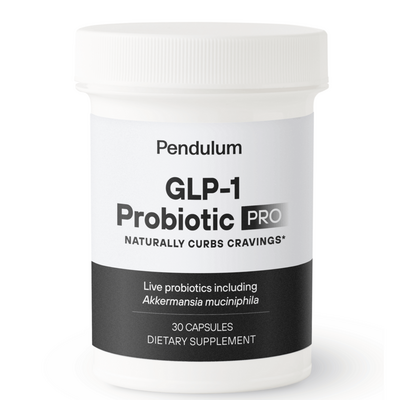
Estrogen dominance can also occur in women who have had a hysterectomy with ovaries removed and are on estrogen only therapy.
Scientific studies link high estrogen or estrogen imbalance with a wide range of symptoms and conditions from hot flashes, night sweats, low libido and foggy thinking to more serious conditions related to reproductive health (endometriosis and PCOS) as well as breast disease including cancer. Hormone imbalances triggered by medications like synthetic hormone combinations have also been found to contribute to estrogen dominance problems.

* Fibrocystic and tender breasts
* Heavy menstrual bleeding
* Irregular menstrual cycles
* Mood swings
* Vasomotor symptoms
* Weight gain
* Uterine fibroids
Premenopause: Lack of ovulation and/or reduction of ovarian production of progesterone. Most of my patients range in age from late 30’s into their 60’s and some even older. I know that there are many younger women that suffer from hormone imbalances that may be severe enough to cause them to miss school or work. Severe PMS symptoms can affect younger women for years.
Perimenopause (40s-mid-50s): Lack of ovulation or erratic cycles, when estrogen levels fluctuate rapidly from high to low in the absence of adequate progesterone. One of the more prevalent symptoms during this time is mood swings and depression; a time when many prescriptions are written for anxiety and depression.
Postmenopause: An imbalance of estrogen to progesterone
ratio in waning reproductive years when ovarian production of estrogen can decline by as much as 60% and levels of progesterone can drop to nearly zero with the cessation of ovulation.
Common therapy is the use of birth control pills. While these can be effective it is not treating the cause. My goal has always been to look for the cause. This could be anything from over exercise, diet (too much sugar), stress, lack of sleep and inflammation. Any of these issues may lead to an imbalance of estrogen and progesterone.
Women of all ages benefit from balanced hormones. With menstrual irregularities, PMS, endometriosis and infertility, testing can be helpful in understanding the underlying condition. Healthcare providers working with perimenopausal and menopausal women find hormone testing to be a key step in detecting and correcting imbalances. Testing hormone levels is also invaluable for monitoring women using hormone replacement therapy.
Because hormones work together to create a balanced internal milieu, it makes sense to test all of the following to help determine estrogen dominance:
- Estradiol (E2) the most potent of the estrogens
- Progesterone (Pg)
- Testosterone
- DHEAS
- Cortisol (stress hormones, for adrenal function)
- Thyroid Profile (TSH, T3, T4, TPO Antibodies for Hashimoto’s Thyroiditis)
Saliva testing is proven to be an effective method of measuring hormone levels. The test provides an easy-to-read report that gives optimal values and ratios of estradiol to progesterone.
This test is a convenient and easy to use.








